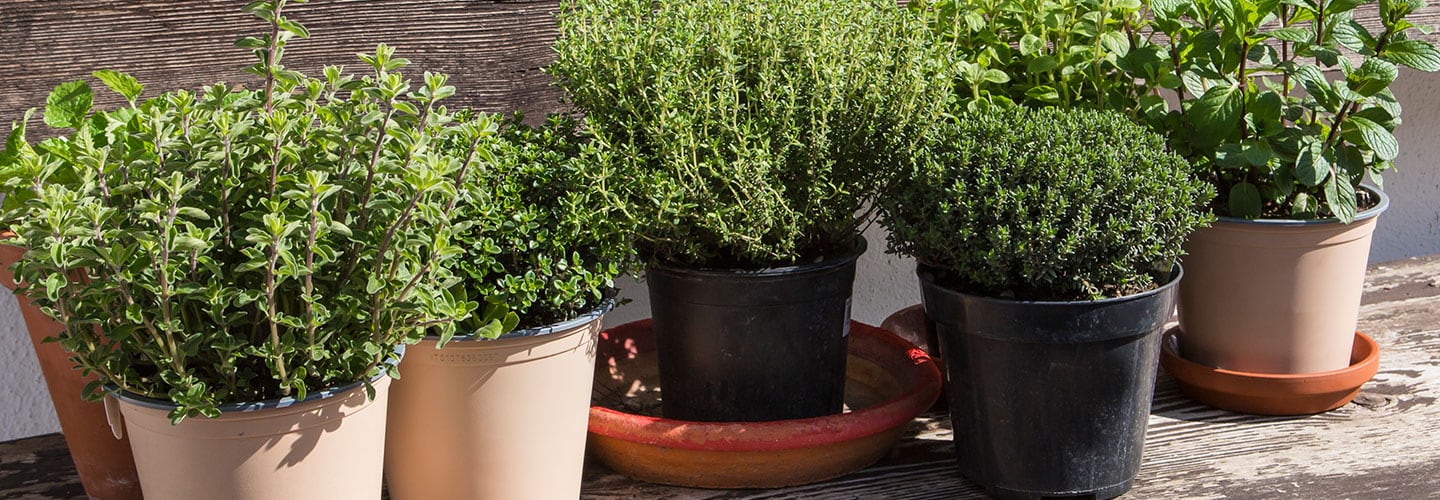Container plants are a wonderful way of adding life and color to any part of your house year round, indoors or outdoors. However, it’s not as simple as plopping any plant into a container and moving on. Different plants work better in containers than others, and container plants require more attention in certain ways when compared to in-ground garden bed planting.
GO SLIGHTLY BIGGER
When it comes to container planting, play it safe and go with a slightly bigger container. A somewhat bigger container won’t hurt what you’re planting, but a smaller container will stunt a root system’s opportunity for growth. However, there is a limit to this; a much larger container will retain too much water and drown smaller plants.
MATERIAL MATTERS
Don’t run out and buy the first container you see. Make sure you get the type of container that best fits your needs:
Terracotta: While easily breakable and fragile, terracotta containers are great because they’re inexpensive and can be found in a variety of colors. They’re quite porous, so keep an eye on the wetness of soil.
Concrete: These containers add a certain personality to your environment, and they’re durable. However, they’re incredibly heavy. Make sure you love the spot it’s in before planting.
Metal: Once again, these add a certain look and feel to your garden and are quite durable. Be careful if you have to place them in a sunny location; the sun will heat up the metal and make it harder to retain moisture.
Wood: Another wonderful option that adds personality, wooden containers are best when a protective, waterproofing sealer and plastic liner are added (if used outdoors). Helping stave off rot and decay, bring wooden containers indoors during winter and try to reseal the wood after every season.
Plastic: The cheapest option; you get what you pay for. Plastic containers aren’t meant to withstand the toughest environments, but they’re lightweight, are easily replaced, and are available in a wide variety of styles. If using plastic containers, try and find a local nursery that offers a recycle option for used plastic containers you’re done with. When it comes to sustainability, every little bit helps.
TOO MUCH? TOO LITTLE?
Watering plants in containers is definitely a Goldilocks situation; too much water and a plant can drown while too little will deprive it of what it needs to thrive. To make it simple, you should water a container plant when the soil feels dry to the touch. Another great idea is to add rocks at the bottom of your container to aid with drainage.
THE RIGHT SOIL
After adding drainage rocks to your container, be sure to add Beyond Peat™ Professional Organics Potting Mix to better optimize drainage while delivering a steady supply of nutrients for healthier growth. Specially formulated for all indoor and outdoor container planting, it absorbs up to 7x its own weight in water for stronger root development.


